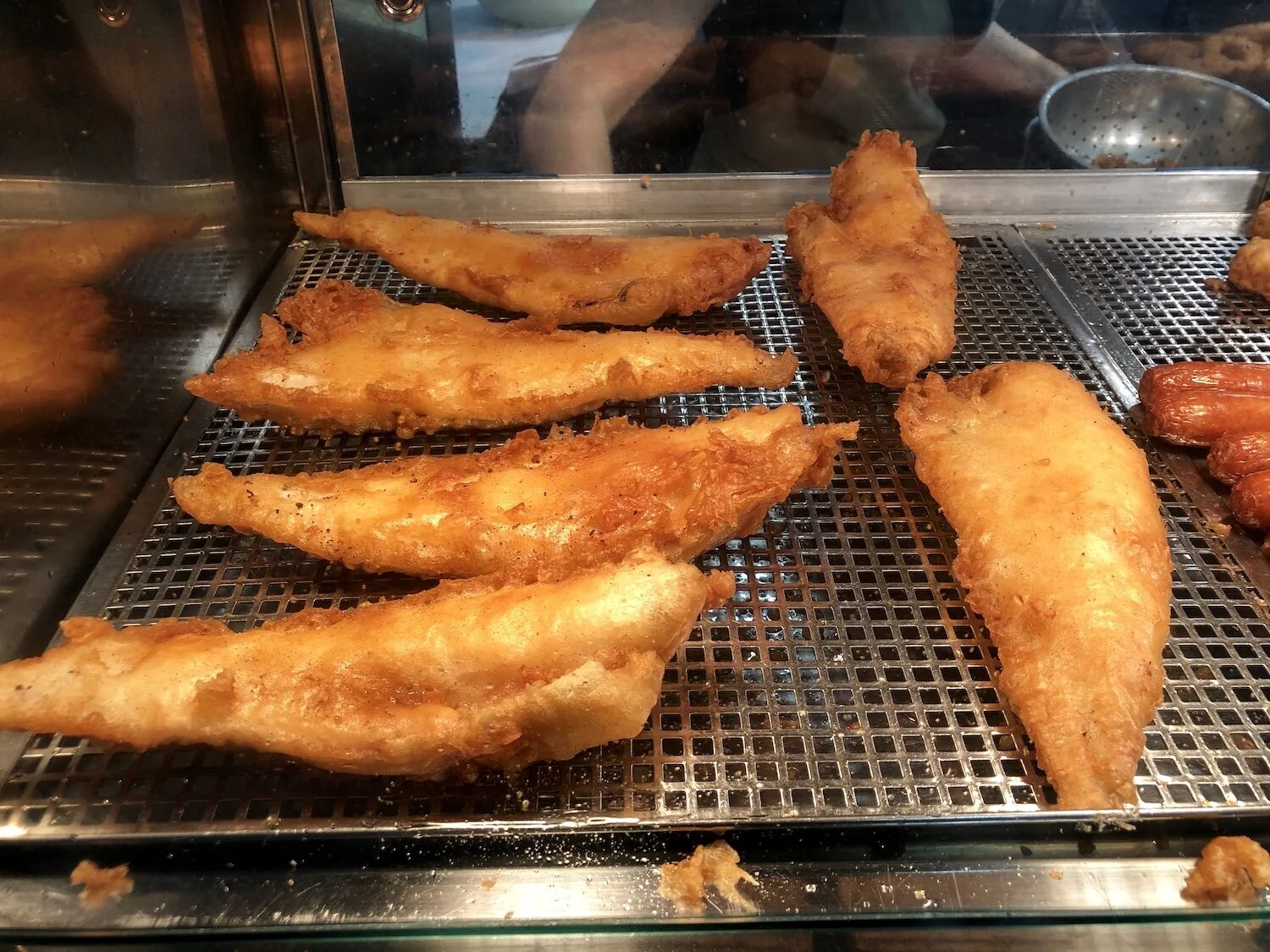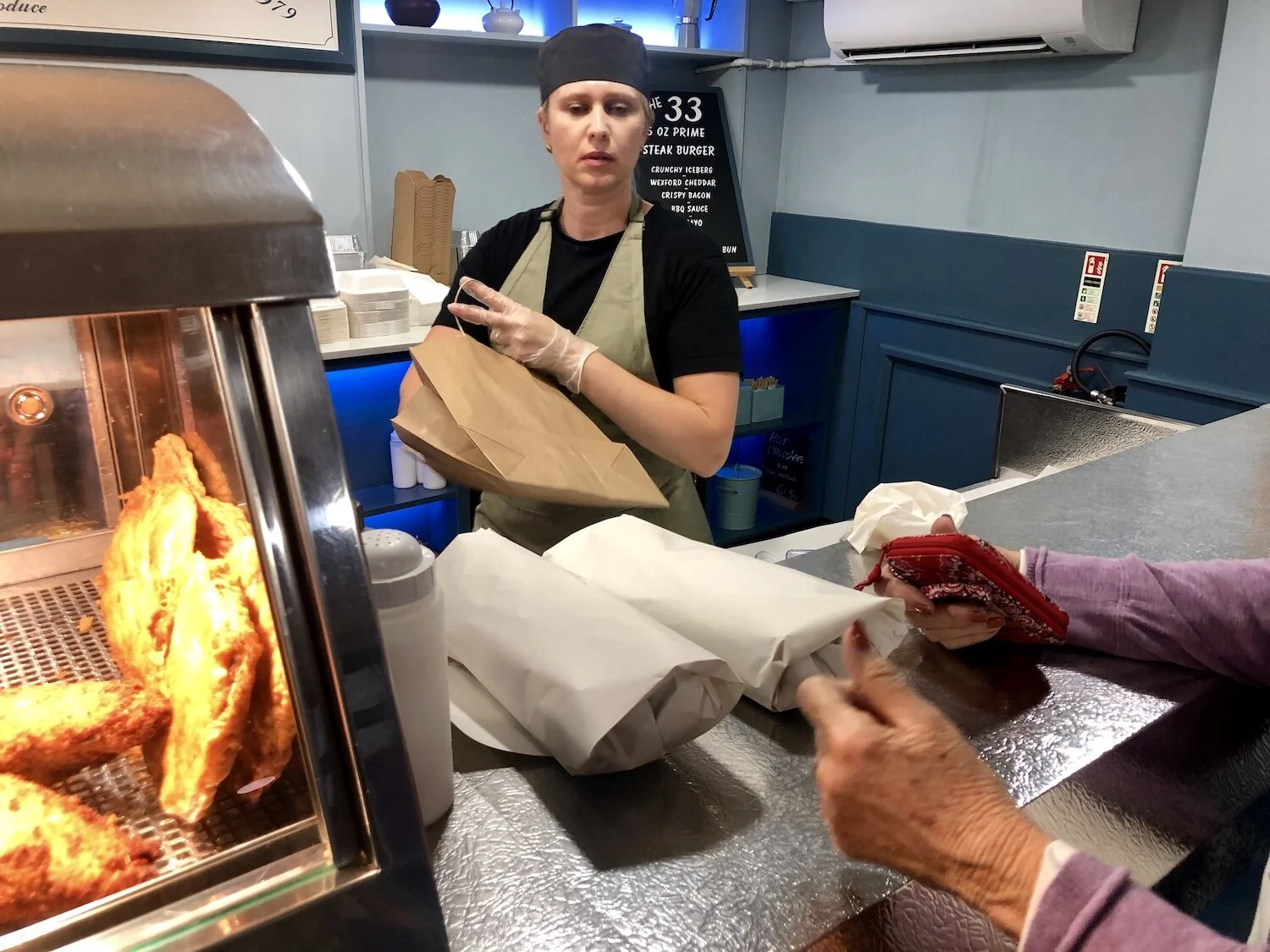Mom and I have just left London and joined my brother for a road trip through Ireland. We’ll be covering most of the southern half of the country over the next two weeks beginning and ending in Dublin.
But before we get underway, the Guinness Factory….
The city of Dublin would not be what it is today without the efforts of Arthur Guinness.
As an entrepreneur and philanthropist he brought great innovation and prosperity to Dublin.
An unparalleled commitment to quality and excellence continues to make Guinness a main driver of the local economy still to this day.
Guinness Storehouse
Here are some of the things that make Guinness so special…
Ingredients:
Water – Only high quality water (soft and low mineral), from the Wicklow Mountains above Dublin, is used to brew Guinness.
Barley – Mostly local and always of the highest quality. A combination of malted, unsalted and roasted barley is used. The roasted barley is what gives Guinness its iconic color, flavor and aroma. They are one of the few breweries in the world to roast their own barley on site 365 days a year.
Hops – Highest quality sourced from Australia, the Czech Republic, Germany, the United Kingdom, the United States and New Zealand. Hops is the natural preservative responsible for the shelf life of Guinness.
Yeast – They have been using the same yeast since the 19th century (legend has it that it’s the same yeast that Arthur Guinness first used). Yeast is transferred from each brew and is kept in a safe to secure its legacy.
Nitrogen – Guinness was the first brewery to incorporate nitrogen into their beer. Because of this, bars require special taps. The 30 million bubbles in every pint are responsible for Guinness’s smooth, creamy mouthfeel.
Here’s how I would describe drinking a properly poured glass of Guinness straight from the factory…
Imagine you are standing on a cobblestone road overlooking green pastures of grazing cows as far as the eye can see. The air is cool. The sky is grey.
A creamy, smooth froth hits your lips like you’re sipping a mocha latte. It’s luxurious, like settling underneath a down comforter lined with satin sheets.
Once you are past the milkshake-like layer on top a stream of rich, nutty caramel hits your tongue. Visions of spiced gingerbread, a bowl of hot morning porridge and walnut-fudge brownies dance through your head, warming your belly and soothing your soul from the inside out.
Sampling Guinness at the top of the factory overlooking all of Dublin.
Aside from it’s great taste, Guinness is “one of the most technologically advanced and environmentally sustainable breweries in the world,” according to them.
And of course they are known for their clever, out-of-the box advertising.
Including an entire campaign – based off market research – claiming that Guinness has antioxidant compounds and is therefore good for your health.
One of my favorite advertisements is called Fish on a Bicycle. It was part of a campaign by Ogilvy and Mather called “Not everything in black and white makes sense.”
“The idea was to challenge the received wisdom of famous quotes,” according to Guinness.
Fish on a Bicycle
I had the opportunity to try some of the dishes in their restaurant – brown bread, beef stew and chocolate mousse – all made with Guinness. I unfortunately didn’t taste beer very much in any of them. Portions are huge and filling, and they don’t have take-out boxes, so I recommend sharing.
Guinness beef stew and brown bread
We leave Dublin and drive through County Wicklow.
After lovely strolls through the gardens of the Powerscourt Estate and the medieval monastic ruins and graveyard of Glendalough we arrived to Wexford.
The house at Powerscourt Estate
Irish thistle at Powerscourt Estate
The gardens at Powerscourt Estate
Japanese tea garden at Powerscourt Estate
Lower lake at Glendalough 6th century monastic settlement
Glendalough 6th century monastic settlement
It’s about 6 p.m. Time to find some dinner.
We get a recommendation from the front desk of our hotel (something I never recommend) and not surprisingly end up at a pub serving uninspiring, watered down tourist food.
“We gotta get off the main street,” my brother says.
“Agreed.”
We make a right and start heading down back alleys until we stumble upon a chip shop.
“Too clean,” I say.
“Yea, and there’s no one in it,” my brother points out.
“Let’s keep moving.”
The streets are empty. It’s dead for a Friday night.There are a few bars with some signs of life, but they don’t serve food and most of the retail shops are closed for the evening.
And then we find it.
A tiny chip shop with a simple menu and a line at the register.
“This is our spot!”
Premier Chip Shop in Wexford
We walk in and strike up a conversation with a man standing in line.
“Where do you like to eat around here?”
“Here,” he chuckles, smiling with big rosy cheeks.
OK, I get it. This is not a food town. But, at least it appears we have stumbled on a local’s favorite.
We order fish and chips, mushy peas, and an order of onion rings. The woman behind the counter dresses our fish with a splash of malt vinegar and a heavy shake of salt.
Premier Chip Shop
Fried cod
When I say “heavy shake” of salt I mean a boatload of salt.
It looked like the lid had fallen off the shaker and a stream of white was now shooting out like a firehose on full whack.
“Um, can I purchase a bottle of water too?”
The woman wraps up our fried food parcels in newspaper like meat from a butcher’s shop and we head back to the hotel.
In the lobby I unfold the greasy packages and we dive in.
The fried, flaky white cod is GBD (golden, brown and delicious) on the outside and super moist inside.
The onion rings are some of the best I’ve ever had – crunchy on the outside, smooth and creamy in the center.
Mushy peas live up to their name and bring a necessary contrast to their salty, fried friends.
I practically never eat foods like these (and probably won’t again for a while), but I’m happy we got a proper fish and chip experience in.
It did not disappoint.



